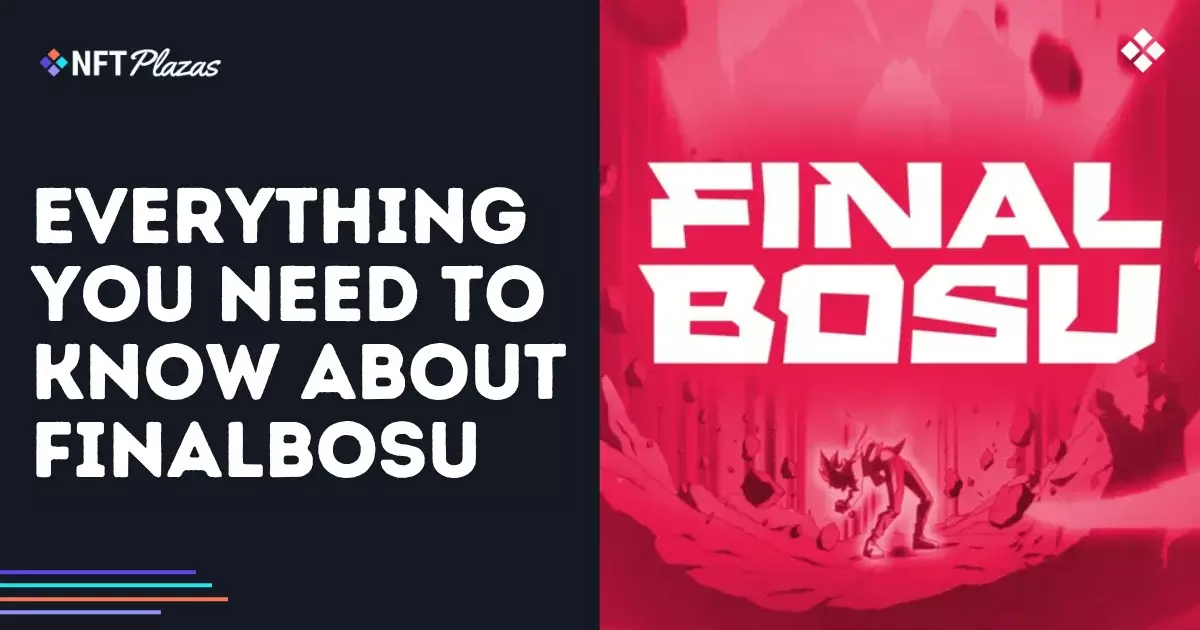In a landscape flooded with NFT projects promising revolutionary change, Finalbosu stands out not because it genuinely redefines the genre but because it cleverly capitalizes on cultural nostalgia and emerging technology. While the project markets itself as a community-driven anime universe with ambitions ranging from gaming to metaverse integration, one must critically evaluate whether these aspirations are achievable or simply marketing hype. Many projects with similar visions have faltered when faced with the actual challenges of development, funding, and sustained engagement. Finalbosu’s bold claims about becoming “the largest fan-powered franchise” raise questions about the strategic feasibility of such an expansive vision, especially when the team’s execution record remains relatively limited and phased.
Overpromising and Underperforming: The Risks of Community-Driven IP
The concept of a community shaping an intellectual property (IP), especially in the anime sphere, is alluring but inherently risky. In theory, this model democratizes storytelling and keeps the audience invested, but historically, many NFT projects flounder because they conflate community participation with poor centralized leadership. For Finalbosu, relying heavily on its NFT holders to co-create lore and characters may prove problematic if community input diverges from the project’s core vision or fails to generate meaningful content. Furthermore, the long-term sustainability of such a model depends on delivering consistent value, which is difficult when creative assets—like animation and gaming—are expensive and time-consuming to produce.
The Illusion of Sustainability in Tokenomics
The rapid success of Finalbosu’s public sale—selling out 3,445 NFTs in just six minutes—may seem like a triumph, but it also reveals underlying vulnerabilities. Quick sales often create a false sense of demand, masking the fact that actual utility and ongoing engagement are harder to maintain than initial hype. The collection’s limited initial output and the plan to expand into additional collections and functionalities sound promising, but they also raise concerns about token inflation and value dilution. When new NFTs are continuously released, what prevents the ecosystem from becoming oversaturated and losing its exclusivity? Without a clear plan for continual utility and tangible product releases, the project risks becoming just another fleeting trend in the NFT world.
Vague Promises and Uncertain Roadmaps
While the team behind Finalbosu has laid out intentions involving games, animation, a metaverse “Dojo,” and merchandise, the absence of a firm roadmap or concrete development milestones creates a fertile ground for disappointment. Many projects announce grand plans without concrete timelines, only to let supporters down when delays or technical hurdles emerge. For a project centered on personal growth and overcoming odds, it’s ironic that the roadmap appears to be more aspirational than actionable. The transition into gaming and metaverse spaces requires serious resources, technical expertise, and long-term vision—all of which are currently unproven in this context.
The Cultural Edge or Exploitation of Anime Aesthetics?
Finalbosu’s anime aesthetic, drawing comparisons to popular styles like Azuki Elementals, cleverly taps into the nostalgia-fueled market of anime fans. However, this approach walks a fine line—using cultural motifs as a marketing tactic can sometimes enter the territory of cultural commodification. Is the project genuinely contributing to anime culture, or is it simply monetizing fashionable aesthetics? The answer influences whether Finalbosu will build a loyal community keen on its narrative or just attract speculators looking for quick profits. The narrative themes of personal growth and overcoming adversity are compelling but risk being overshadowed by superficial aesthetic appeal if not backed by meaningful content.
Community Trust: The Real Asset or an Achilles’ Heel?
At its core, Finalbosu’s success hinges on the community—its supporters, collectors, and dreamers. But community-driven projects have historically been a double-edged sword. Overpromising, hype cycles, and unmet expectations can swiftly turn supporters into skeptics. As the project advances, its ability to translate promises into concrete deliverables will determine whether trust remains intact. The initial momentum is promising, but sustaining it in the long run will require transparency, consistent content releases, and a clear path to real utility beyond mere ownership of digital collectibles.
Finalbosu exemplifies the ambitious yet often overhyped potential of NFT-based projects intertwined with anime culture. While it has a promising founding team and a captivating aesthetic, the project’s true test lies ahead—can it deliver on its lofty promises without collapsing under the weight of over-expectation? Its current trajectory suggests it’s banking on the power of community and the allure of the anime universe to push through its developmental hurdles, but history warns us: without tangible progress and sound strategic planning, even the most vibrant projects risk fading into obscurity. In the end, Finalbosu’s future is less about the NFTs it sells today and more about whether it can transform hype into lasting cultural impact.


Leave a Reply